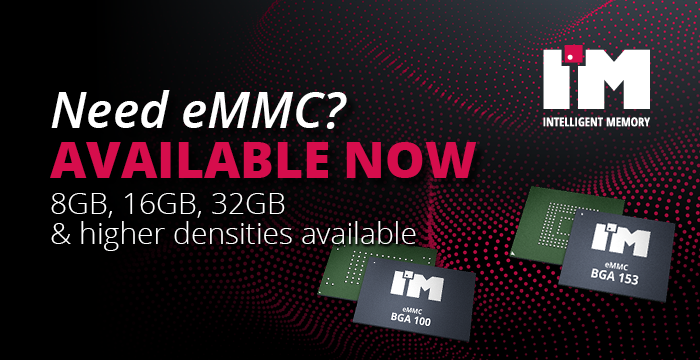
Electronics Production |
Nanotechnology poised to be the next big<br>economic driver in the Electronics Industry
While nanotechnology has already staked a large claim to the electronics market, and awaits further use as the semiconductor industry closes in on the physical limitations of CMOS, nanotechnology, applications are currently being driven by "convergence" in consumer electronics.
Electronics.ca Publications has announced the availability of a new report entitled "Nanotechnologies for the Nanoelectronics Market".
The combination of multiple functions into one device such as the iPhone is placing a higher burden on the technological specifications of the devices, requiring higher integration and density in devices, larger data storage, and better battery life.
While mobile devices have reshaped electronics markets to the extent where the memory market now goes primarily to supplying mobile devices rather than PCs, improved battery technology and better data storage still remain an obstacle for wider use and functionality.
Nanotechnology has already had an impact in both data storage and batteries. In 2006, Hard-Disk Drives (HDDs) enabled by giant magnetoresistance (GMR) accounted for $25 billion in 2006 with 450 million units shipped, while 60% of the of Li-Ion batteries used are already using nanofibers.
"It has not been the much-hyped molecular memories or IBM's still-to-be-commercialized Millipede technology that has made the difference," explains Tim Harper, the author of the report. "But the applications of basic science such as the nanometer thin films enabling GMR (Giant Magneto Resistance) based data storage in iPods and today's computers that have caused the real market disruption."
According to the report, CMOS architectures will still remain dominant in the IC market for the next 10 years, but nanotechnology will be pushing in other electronic component areas while assisting in meeting the demands of Moore's Law upon CMOS chips.
As a result, the report finds that over the next eight years the nanoelectronics market - consisting of components, batteries, and instrumentation and tools--should experience its strongest growth between 2007-2010 with a slowdown to about 10.5% CAGR from its 22% CAGR in 2007-2010. However, this is just a precursor to the truly disruptive growth that will occur after 2020 when all indications are that CMOS will have reached its physical limitations.



